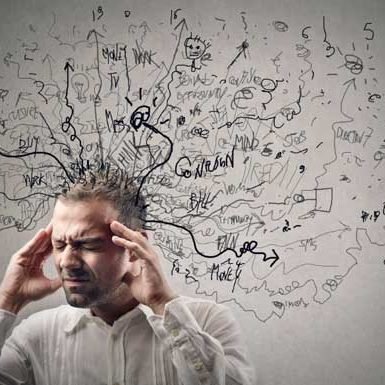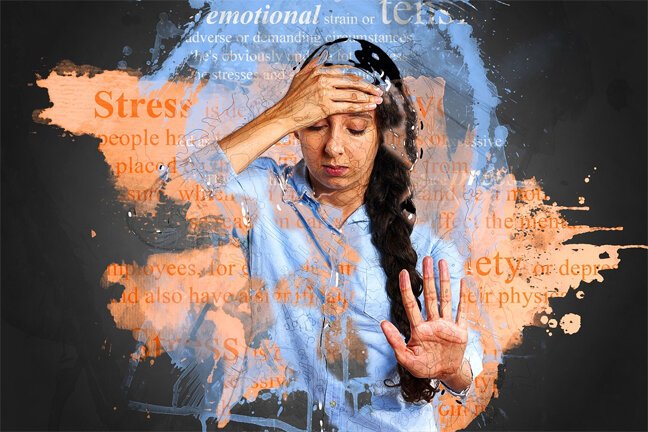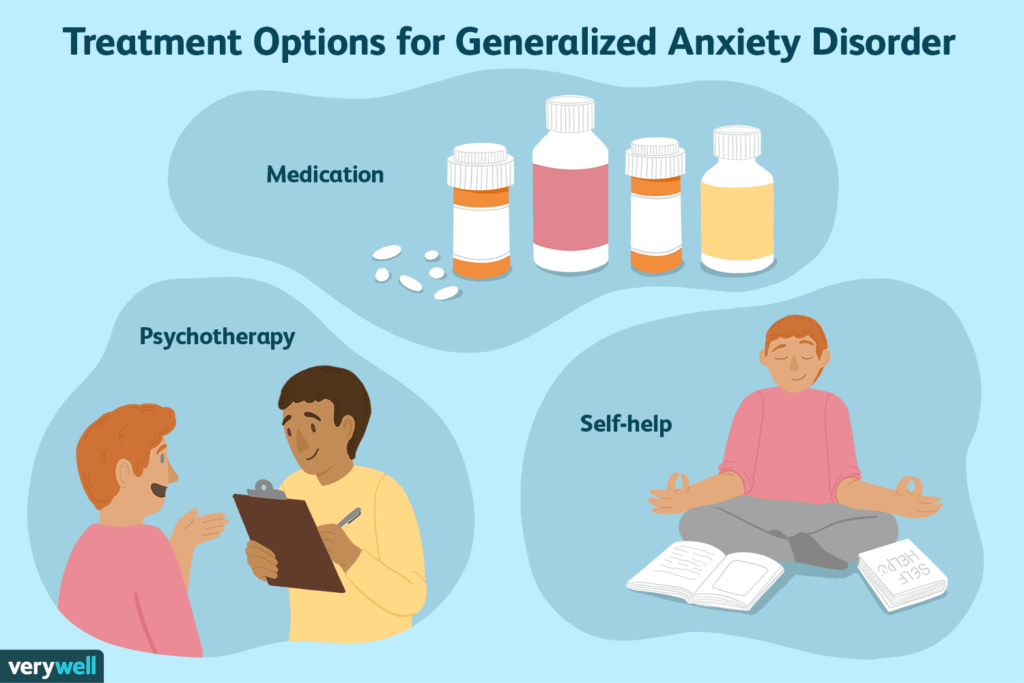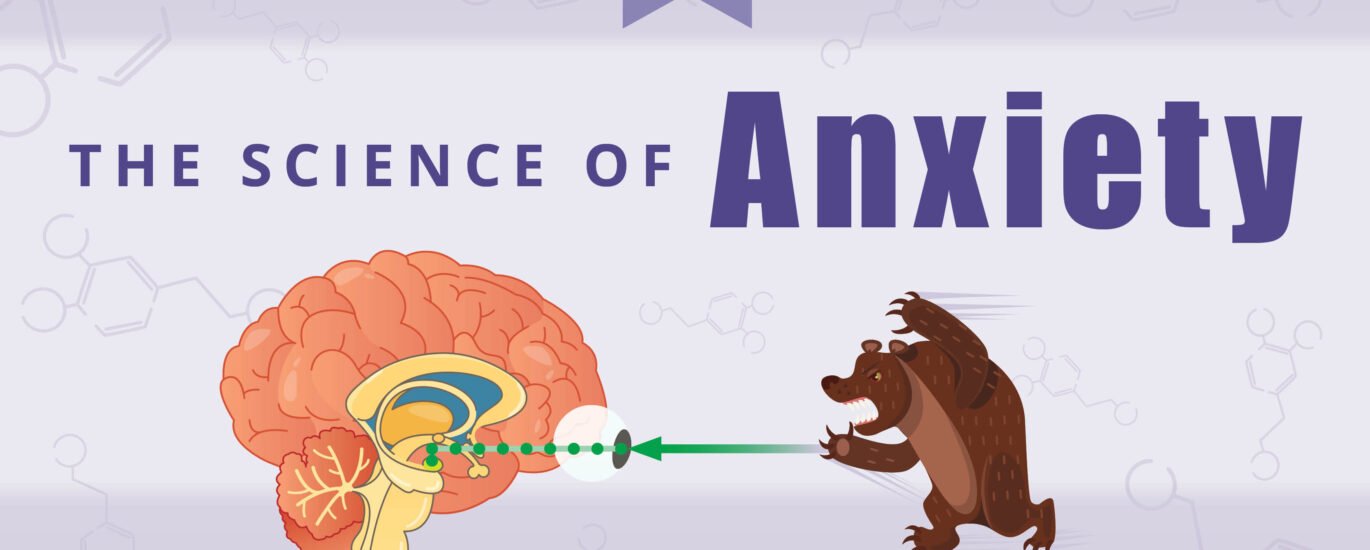In this fast-paced world, people are living with a lot of stress. This stress leads to anxiety. Anxiety is a very common feeling that every person experiences at some point of life,whether it’s a jittery feeling before a big presentation or worry about an uncertain future. For many, anxiety is fleeting and manageable. However, for others, it can be overwhelming and persistent, evolving into a disorder that significantly impacts daily life.
Understanding the science behind anxiety—how it affects the brain and body—can empower us to manage it better and seek effective solutions.
What is Anxiety?
Anxiety is a normal, necessary reaction to stress. It prepares to deal with threats by initiating the “fight or flight” response. However, this machinery can be rather pesky at times: overactive or triggered when it should not be, as in anxiety disorders.
The intensity, duration, and impact on daily activities divide normal anxiousness from the disorder. Chronic and disruptive forms of anxiety include generalized anxiety disorder, panic disorder, and social anxiety disorder.

The Anxious Brain
Anxiety originates in the brain, where several critical regions and chemicals interact in the processing of threats and in the regulation of our responses to them:
1.The Amygdala: The Fear Center
This almond-shaped small structure in the brain is in charge of processing emotions, mainly fear. When a threat arises, the amygdala acts and sends off a distress signal to the other parts of the brain, which releases stress hormones such as adrenaline.The amygdala tends to be hyperactive in anxiety patients. Such an individual may respond extensively to situations that may not pose real threats. This overactivity results in even more fear and worrying.
- The Prefrontal Cortex: The Rational Thinker
The prefrontal cortex helps to control our feelings and to evaluate rationally the situation. In a healthy brain, it works to dampen the fear reaction of the amygdala. However in the case of anxiety, this link between the two might be weak, making it hard to rationalize fears or to calm down. - The Hippocampus: The Memory Keeper
The hippocampus can store and remember, from frightening to traumatizing memories. A victim who has been exposed to some form of trauma sees his or her hippocampus strengthening fear-related memory, and he or she easily develops anxiety in the same conditions or situations.
How Anxiety Effects the Body
It is not a mental illness; it influences the whole body and often results in physical symptoms:
1.Higher Heart Rate: Fearful arousal stimulates the sympathetic nervous system, and your heart beats faster to pump in more blood to muscles and organs. This may prepare you for a fight or flight.
2. Rapid Respiration: Your respiration also may be quicker to take in more oxygen, but the dizziness and feeling of light-headedness associated with this make feelings of anxiety worse.
3.Muscle Tension: Your body gets prepared for any danger when it tenses up your muscles. Held tension over long periods of time can cause chronic pain or headaches.
4.Digestive Problems: Anxiety may interfere with your digestive system, and side effects include nausea, diarrhea, or loss of appetite.
These bodily expressions happen because the concept of anxiety is meant to prepare the body for immediate action. For chronic anxiety, these phenomena persist, which can result in long-term health implications such as cardiovascular diseases or a weakened immune system.

Impact of Neurotransmitters
Anxiety is also subject to chemical messengers within the brain called neurotransmitters:
1.GABA (Gamma-Aminobutyric Acid): This soothing neurotransmitter can calm the brain’s hyperactivity. Low GABA is common with anxiety.
Serotonin: Known as the “happy” neurotransmitter, serotonin manages feelings of well-being. Abnormalities in the serotonin system are commonly seen with anxiety.
2.Norepinephrine: This neurotransmitter supports the body’s response to stress and can heighten the sense of anxiety when its levels are above normal.
The biological processes of anxiety have led to the development of a great number of highly effective treatments:
Therapy: Cognitive-behavioral therapy systematically re-routes thought. It then strengthens connections between the amygdala and prefrontal cortex, thus sculpting mood.
Medication: Anti-anxiety drugs like SSRIs change levels of neurotransmitters to stabilize mood.
Lifestyle Changes: Such things as mindfulness, exercise, and rest help to support brain health and regulate the body’s stress response.

Anxiety is an interaction of brain regions, neurotransmitters, and body responses, which all serve to protect us against perceived threats. Even though this system is meant to protect us, sometimes it may overly activate and leads to overwhelming fear and worry.
Knowing the science behind anxiety can really help us begin steps toward its management-however, probably through therapy and medication, or, with lifestyle changes, minimize it. Anxiety may be part of life, but it doesn’t have to control it. With the right tools and information, balance and calm are well within reach.






















